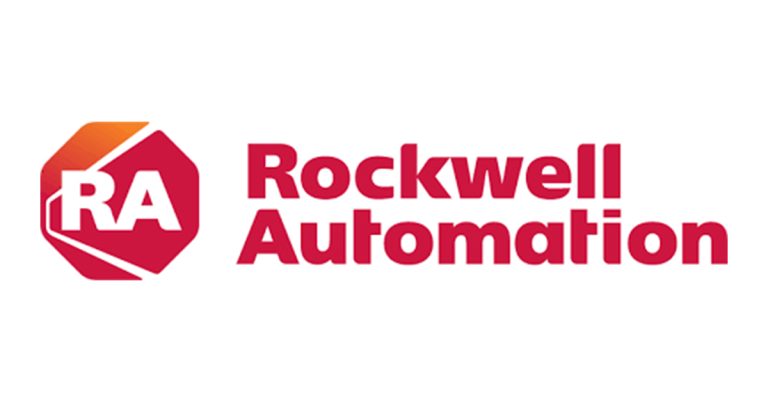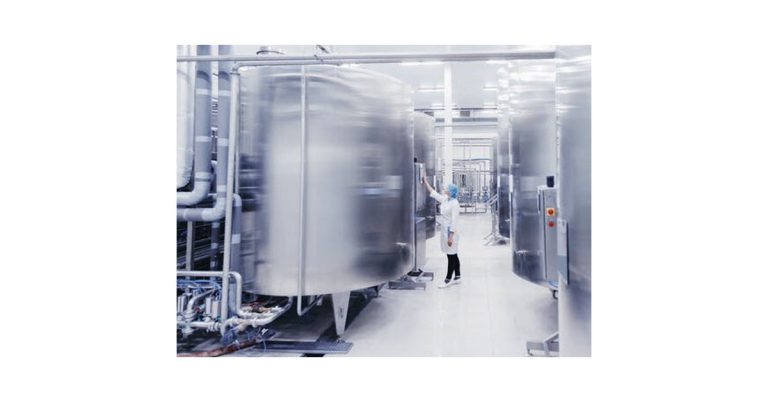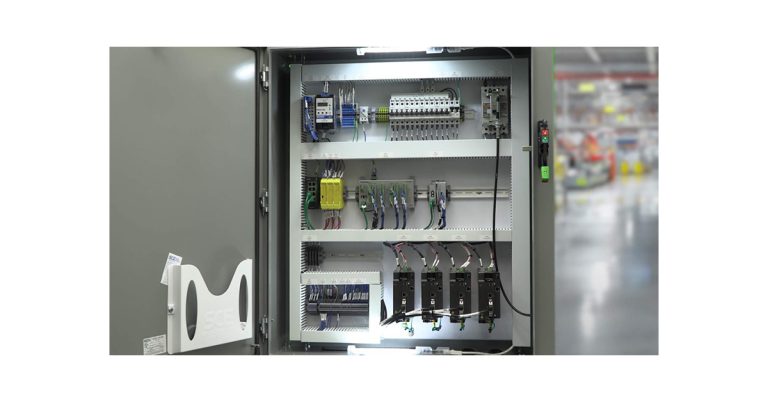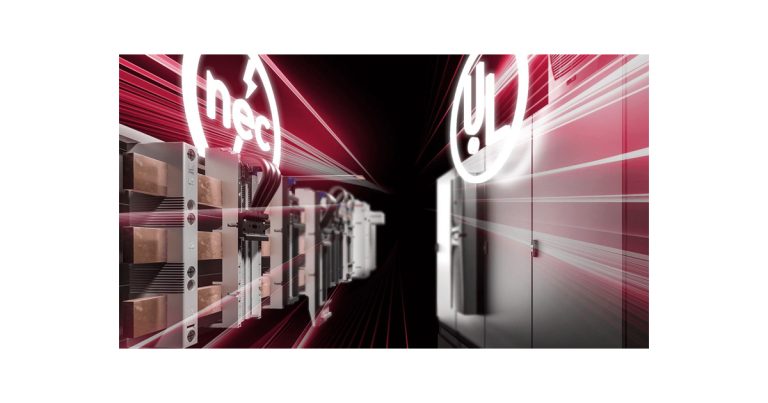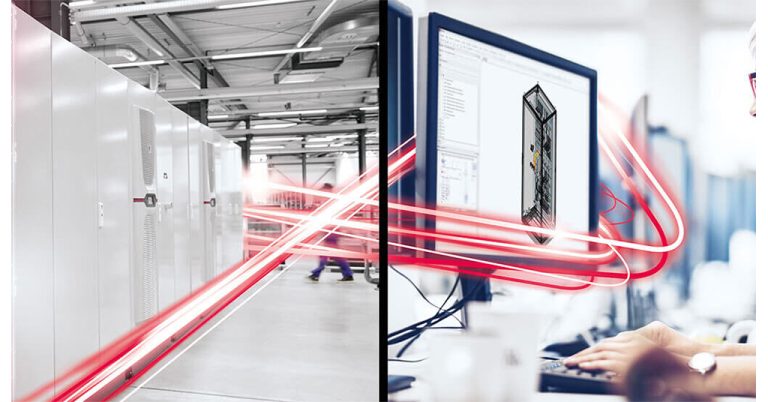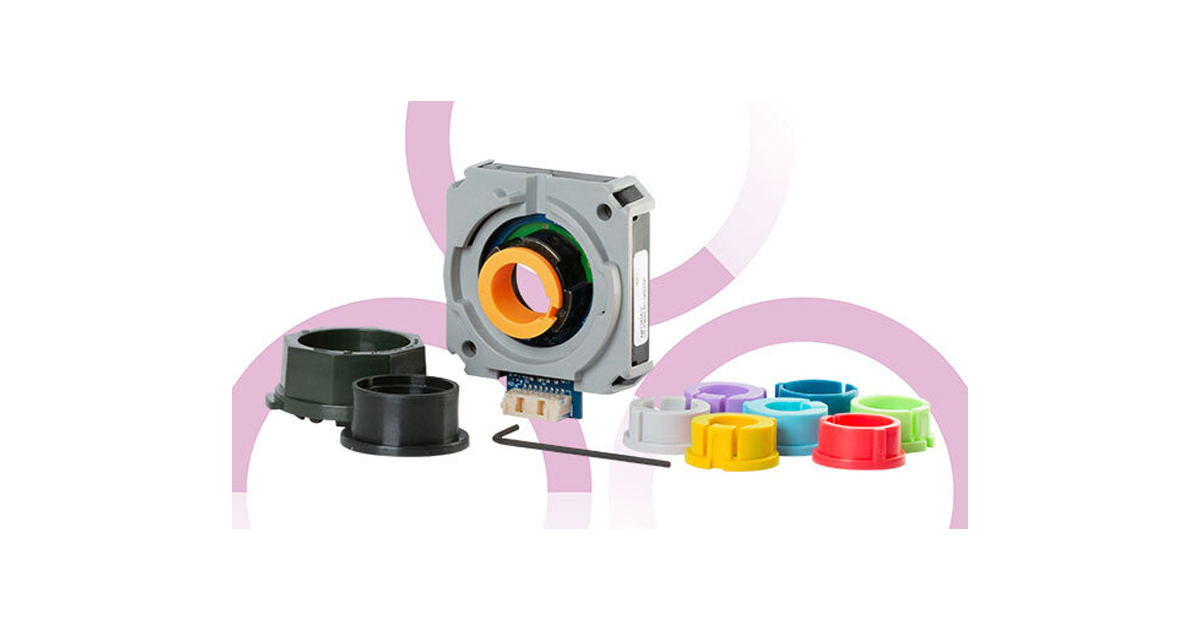Control Panel Builders Industry – New Trends in Technology

October 18, 2021
An Industrial control panel is an assembly of two or more components — such as motor controllers, switches, circuit breakers and control devices. They are used in various end-use applications including the operation of industrial electric motors and drives, production, assembly and conveyance.
Control panel builders are responsible for the construction of electric control panels for manufacturing machinery and other various types of equipment. Panel builders normally work for their customers directly, but in some cases the panel builder may be part of a large team with each member being responsible for only one portion of the work. The panel building process often differs according to the industry for which the panel is being built.
The panel builder researches and selects all components required for the panel — or selects from components specified by the customer. The design, layout and construction of the completed panel — including wiring and mounting of the components — must comply with all relevant US machine control and safety regulations.
Many more manufacturing companies are moving to automation and robotics in their manufacturing processes making the control panels more important than ever — and more complicated as well. This issue of EVERYTHING UNDER CONTROL will discuss some of the changes and new advancements in technology affecting the panel builders industry today. After a year of forced slowdown due to the Covid 19 pandemic, the panel building industry is expected to experience steady growth over the next 6 years.

Industrial control panels today
Today’s industrial manufacturing processes and production lines require that electrical control panels protect equipment, increase productivity, reduce down time, and meet all current safety regulations. Industrial control panels control all pertinent manufacturing equipment and provide a single collective base of operations for the control of an entire manufacturing process.
These industrial control panels contain power circuits, control circuits or a combination of both. Saving space in control panel applications is always a factor and the panels are designed with devices positioned to use as little space as possible.
The future of industrial panel building
The industrial controls market is segmented and includes Supervisory Control and Data Acquisition (SCADA), Programmable Logic Controller (PLC), Distributed Control System (DCS), Manufacturing Execution System (MES), Enterprise Resource Planning (ERP), Product Lifecycle Management (PLM), Human Machine Interface (HMI) and other systems.
The United States industrial control panel builders’ market is expected to grow at a CAGR of nearly 8% during the next 6 years. The end user and application market cover many industries — including oil and gas, chemical and petrochemical, power and utilities, pharmaceuticals, food and beverage, automotive, and others. These markets utilize both open and enclosed industrial control panels.
Other areas of growth in the panel builder’s market
- • Rising demand for factory automation in developing countries will be a key driving factor for the global industrial control panel market. The rising number of export and import of industrial control panels has been an indicator of the strong demand, especially in South East Asian countries. Increasing investment in new plants and machinery has accelerated the installation of electrical components for applications in warehouses, offices, workshops and others. This has driven the demand for adoption of industrial control panels in their respective applications.
- • Total replacement or rebuilding of older industrial control panels with updated new components will contribute to the growth trend in the US and global markets, especially in western countries. Many manufacturing industries are facing the upgrading of major equipment in order to remain competitive in their respective markets. The need for more advanced control panels with smart capabilities will mean many opportunities for the panel building industry.
- • Expanding the use of industrial control panels in mobile machinery such as cranes, lifting machinery, elevator controls, etc. has positively impacted on the US and global industrial control panel market. Remote I/O (input/output) panels — also called ET-extended termination stations — are located in the field near where the applications are located. All of the cabling from the field devices and equipment is terminated in these panels. The remote input/output panels can result in substantial savings in terms of wiring costs as they are moved with the mobile machinery in the field.
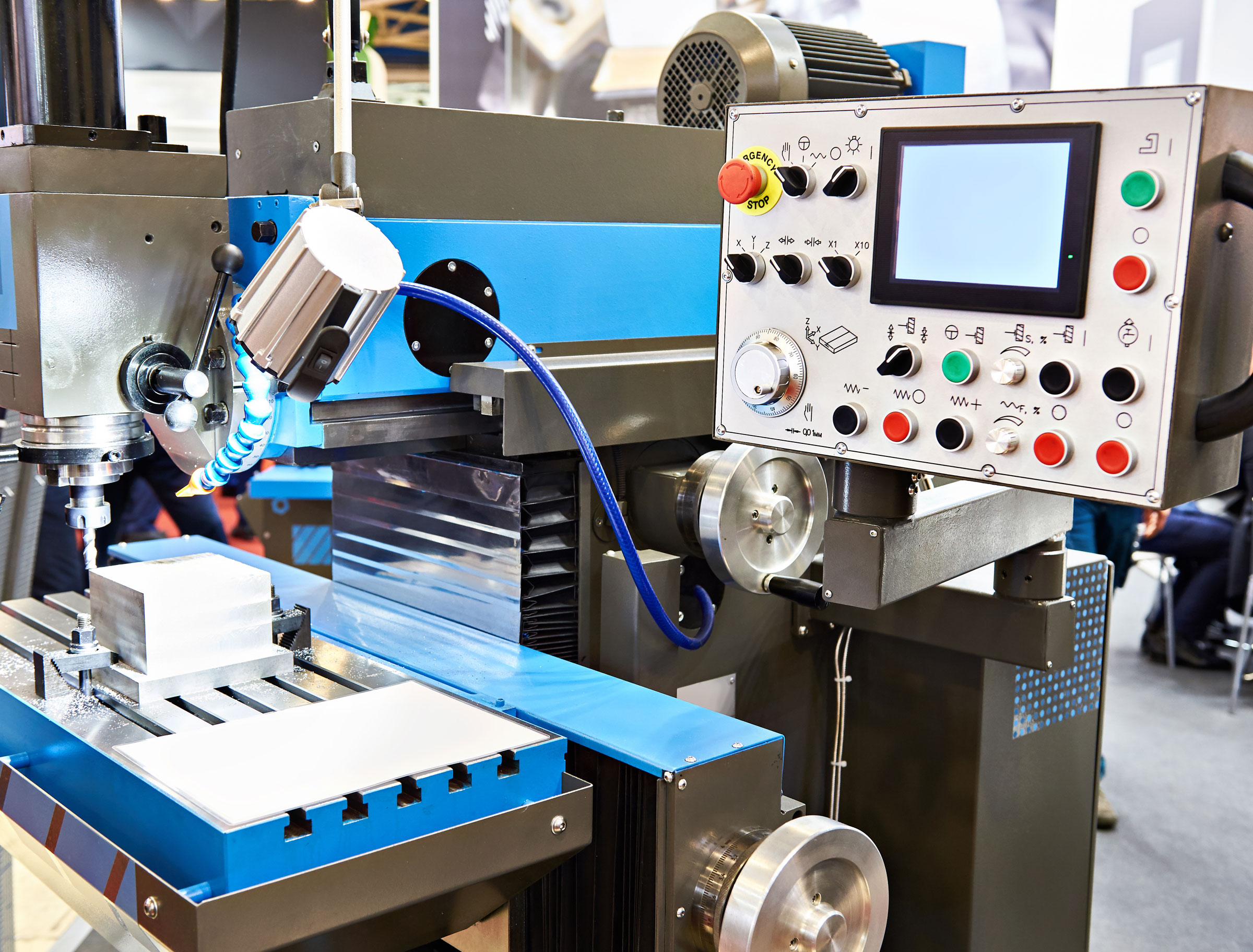
Advanced wiring solutions reduce labor
In some cases, the development of advanced wiring solutions in connection technology has simplified the design and reduced the labor that is involved in wiring industrial control panels. These new panel wiring solutions are replacing the countless number of wires needed in the control panel. Instead of using traditional point-to-point wiring connections in control panels, single cables that will connect motor control components and other devices to manufacturers’ PLCs are becoming available. This advanced solution will greatly reduce the time required for wiring, testing and commissioning which will translate to cost savings for the users.
Improved control panel efficiency & safety
Control panels today are much more energy efficient than they were even 5 years ago. The fact is that electrical components will continue to become more and more efficient as technology evolves. Fortunately, the efficiency of today’s electrical components is reducing the amount of heat they generate — allowing them to run cooler with less energy loss.
In the past most panels were controlled with AC power and now DC power is the standard. This shift in control voltage has meant more efficient power consumption. When the power coming into the panel is used more efficiently, the components give off less heat and can then be placed closer together per the safety ratings. Panel builders are required to follow the component manufacturers specified air spacing requirements around components, allowing them to properly dissipate heat — so the closer together components can be installed, the smaller the footprint of a panel needs to be.
Control panel safety has made major strides in recent years. Many increases in safety have resulted from control voltages dropping to 24VDC — which greatly reduces the risk of major shock or injury in the event that an operator happens to touch a live part with their body or tools. In addition, more than 90% of components are being manufactured “finger safe.” This means that all live areas are either encapsulated or recessed into the component, making it highly unlikely to have an accident.
Better control panel communication
Today, Ethernet is the standard communication system for industrial control panels. Before Ethernet control there was no standard established, which often required a time-intensive installation process. Systems that were used prior to Ethernet included ControlNet, DeviceNet, and DH Plus.
This lack of standardization required excessive programming, as the separate protocols didn’t reliably interact seamlessly with one another. Many of these protocols are still in use, but when a panel is replaced or refurbished Ethernet is typically what replaces their communication systems.
Wireless panel communication is definitely on the horizon, but there are still a lot of challenges in combating electrical noise. Most plants and facilities experience electrical noise or “crosstalk” from different electrical systems. This crosstalk can cut down on the distance wireless communication can travel — as well as affect the quality of the signal.
Higher quality control for panel fabrication
Not only have the components that go into control panels improved, but so has the way the panels are fabricated. In the past, a builder would lay out each panel by hand, with the tape measure, straight edge and a marker. Next, holes in the panel would be drilled and tapped by hand. This was time consuming, dirty and very inefficient.
Today, with new technology, the layouts are done in AutoCAD, Automated Drilling Systems do the drilling, and the use of cordless screwdrivers to install self-tapping screws have made panel building tasks easier and less time consuming. This is not only more efficient and cleaner, but it delivers a better quality product to the customer.
New online computing services available
- • Platform as a Service (PaaS) is a category of cloud computing services that allows customers to provision, instantiate, run and manage a modular bundle comprising a computing platform and one or more applications. This can be accomplished without the complexity of building and maintaining the infrastructure typically associated with developing and launching the application(s) — and to allow developers to create, develop and package such software bundles.
- • Software as a Service (SaaS) is a software distribution and licensing and delivery model in which software is licensed on a subscription basis and is centrally hosted. SaaS is sometimes referred to as “on-demand software.” A service provider gives customers access through the internet to applications that are developed and owned by the provider. This service allows each user to access programs via the internet instead of having to install the software on the user’s computer. Using SaaS gives users a greater degree of control and knowledge over their project and results in a more efficient and accurate system.
- • IIoT enables panel builders to supply their industrial manufacturing customers with the state-of the-art control panels that are needed to operate their automated and robotic systems, increasing production capabilities and profitability for their business.
Electrical machine controls for over four decades
![]()
c3controls are proud to have played an integral part in providing their numerous Panel Builder Industry customers with many of the advanced electrical components they need to build the state of the art electrical machine control panels of today.
c3controls hope you have benefited from their latest issue of EVERYTHING UNDER CONTROL and have learned something you may not have known before. In future issues, they will provide you with information on the latest trends and advancements for a wide variety of industries that depend on c3controls products as an integral part of their machine controls.
![]()

